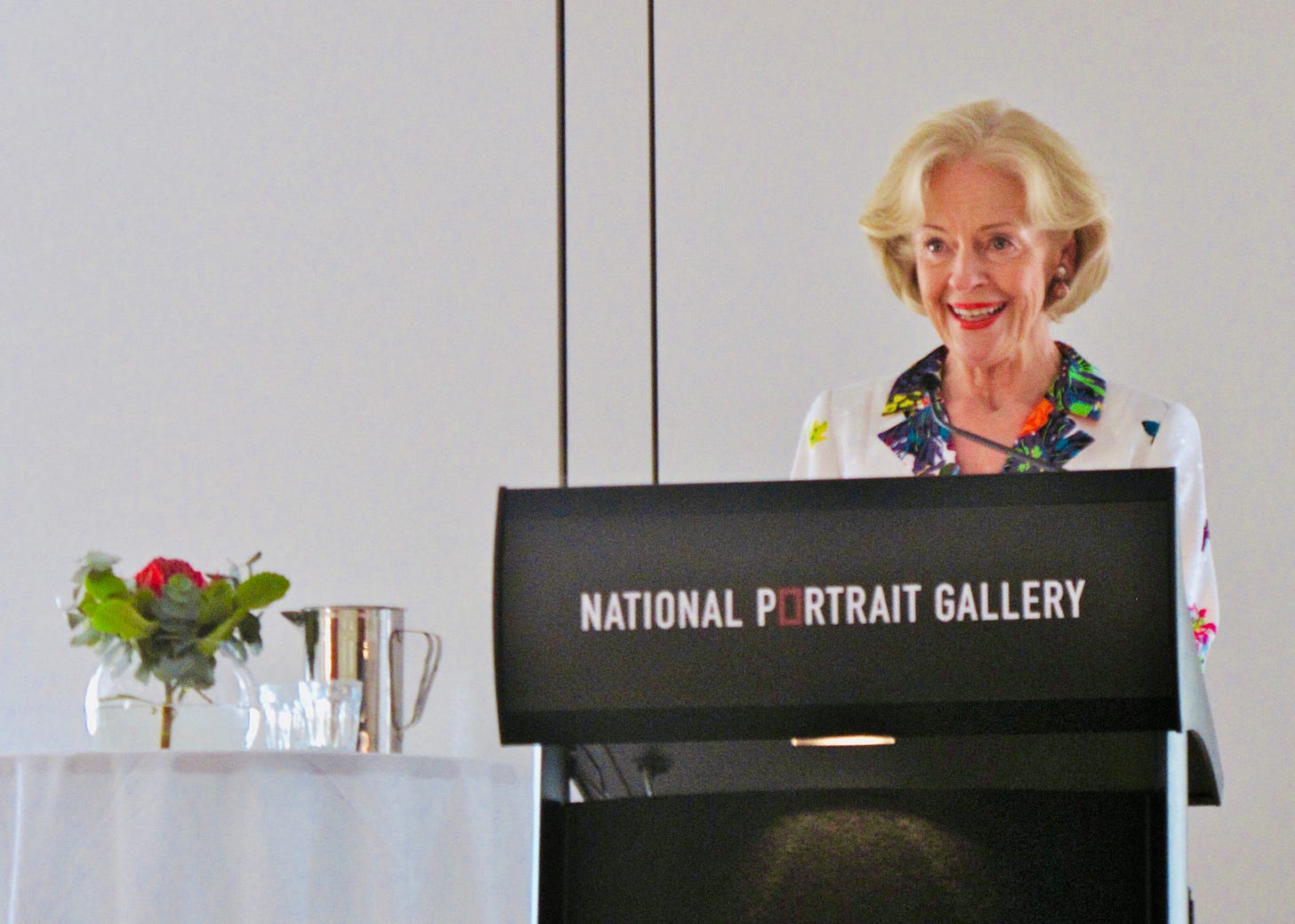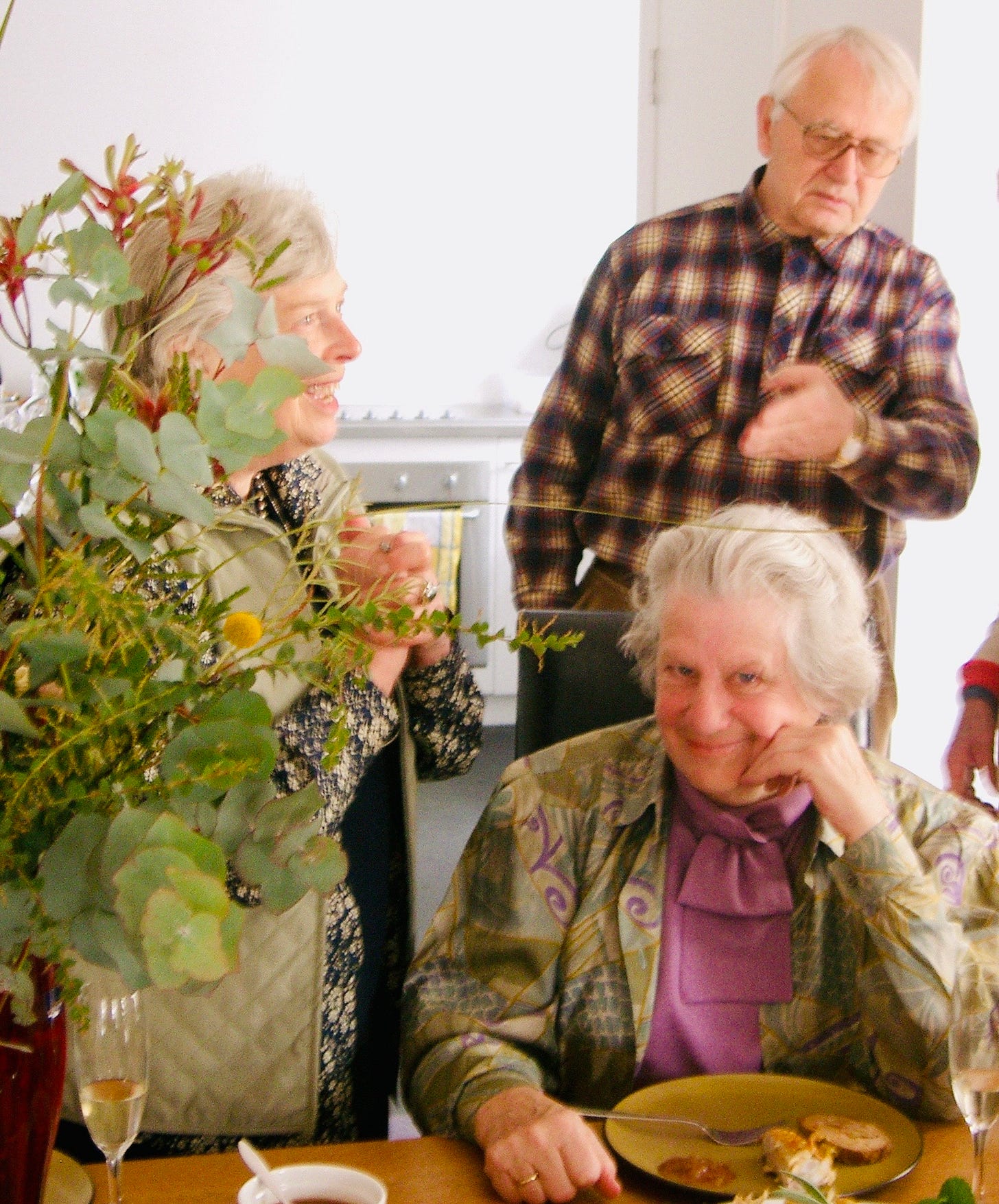
In 1999 – during the NATO bombing of the former Yugoslavia, as a young lawyer and Cambridge graduate – I worked at the School of Public Policy at University College London analysing the Kosovo crisis.
That was after a stint in the Lauterpacht Centre for International Law, thanks to the late James Crawford, who was a judge of the International Court of Justice, and who always generously helped fellow Australians abroad. Some of the compelling events there included a conversation about options for Kosovo, governed by the Chatham House Rule. This included senior strategists from the Foreign and Commonwealth Office and other parts of the British Government, seasoned academic experts on Balkan questions, and a range of other stakeholders. Including me – as the youngest person in that room, and with skin in the game because of my Balkan background, they felt there was something I might add or learn.
I’d first come to the UK in 1991 because the wars that broke up the former Yugoslavia exploded my hopes to move to Belgrade, and through that to explore many Balkan promises.
1999 was a terrible year for so very many people connected with Belgrade as a world city. One of the delights of that time for me was participating in a global gathering in Salzburg, in the remarkable Schloss Leopoldskron. It’s an 18th century rococo palace best known as the inspiration for the set of the 1965 film The Sound of Music. It was owned from 1918 by Austrian-born Jewish theatre director Max Reinhardt, who co-founded the Salzburg Festival in 1920 then fled to the USA in the 1930s to escape Nazism. After World War 2, Reinhardt’s inheritors bequeathed the estate to be used to bring emerging leaders together to build practice and legacy beyond violent conflict. At our session, experts from all over the world explored how media and the arts can be used to foster mutual respect and understanding. Especially across difficult divides related to social, political and cultural differences. I found it weirdly American-heavy, but that’s what a Cold War funding legacy delivered in Austria. A bright young Russian advised me to read more Henry Kissinger.
Scroll forwards 25 years. Today, many echoes of 1999 are playing out in current conflicts in Gaza, the Ukraine and beyond – sometimes, it seems from strangely copycat playbooks.
I’m typing now from Serbia.
As they have for a range of reasons since the 1990s under Slobodan Milošević – who controlled Serbia’s corner of the collapsing ex-Yugoslavia through that era – people here are again taking to the streets in Belgrade to push for change. Now also in smaller communities and villages across this unusually non-compliant nation. Milošević resigned as President of the rump Yugoslavia in 2000, after what today is often described as a ‘colour revolution’. This implies the regime change was driven by external agendas and powers. The 2000 revolution had strong roots in a student movement involved in establishing the current EXIT music festival in Novi Sad, the second city of Serbia. Their slogan was GOTOV JE (‘he is finished’), projected by those students on a large festival screen. Still today, motivations for the 2000 shift remain speculative, including after the 2003 assassination of Prime Minister Zoran Đinđić who assumed his leadership role after the overthrow of Milošević. The current President of Serbia, Aleksandar Vućić, as a sightly younger man than me was a minister in the Milošević government – part of me wishes he’d been in that conversation at Cambridge, because I still believe dialogue across difference can take all of us somewhere better. Currently there are claims in the mainstream Serbian media of plots of a new ‘colour revolution’ to depose Vućić in a coup.
Last Saturday’s Belgrade protest was to oppose a lithium mine at Jadar in western Serbia proposed by Anglo-Australian mining business Rio Tinto, that was taken off the table two years ago after pressure from environmental ngos with farmers and residents who were concerned about the poisoning of land and water they feared the project would cause. Over 100,000 people gathered in and travelled to Belgrade from across Serbia on Saturday to raise the middle finger against Rio Tinto. Most Western reportage understated protest numbers in Belgrade – but that’s nothing new. Often they rely on ‘local sources’ for estimates because that’s easier than turning up in person, when you could be in Istria writing lovely features at luxe vineyard retreats with luscious sea views. Serbian Australian actor Bojana Novakovic, who lives in New York, and I guess with no comparable sea views, has been unusually vocal against the Rio Tinto mining project.
Back in Serbia, the national politics and wider geopolitics around this proposal are exceedingly complex. In a wider frame, mining politics is a specific nightmare in a hotter, nastier world that’s still choosing dirtier (some say dumber) against cleaner (many say wiser), everywhere. Then there was the global scandal around Rio Tinto’s 2020 destruction of sacred Aboriginal sites in ancient caves in Western Australia, despite the opposition of traditional owners of that land.
To me, all of this is just one recent example of how the wider world, its nations, their leaders and populations seem more divided than ever. So many slogans, so much shouting. So much identity. So little deep listening – and even less nuance.
Long before Saturday’s demonstrations, my instincts around that motivated me to deliver small.secret.stories. in Belgrade at the start of this European summer. small.secret.stories. was a one-night, pop-up multimedia exhibition of a mix of my sculpture, text and videography. I curated and co-produced it in May 2024 with Belgrade-based cultural innovators Ana Zarubica and Andrej Ostroški.
small.secret.stories. featured small sculptures I created in Tasmania/lutruwita, the remote part of Australia where I was born. I made them from salvaged bull kelp, and some shells, that I collected there on a remote beach last Australian summer.
Each sculpture was matched with a short text on a theme, printed on white paper and pinned to the wall:
ROSE, COURAGE, LOVE, POSTPANDEMIC, PLAY, FLOW, STALK, NEST, HEART, TREBLE, BASS, OYSTER KNOT #1, OYSTER KNOT #2, and MAP OF TASMANIA.
We also included looped projection of video footage of live bull kelp I took at the water’s edge – and an installation of a simple desk with a typewriter, with a copy of my book Pedder Dreaming – Olegas Truchanas and a Lost Tasmanian Wilderness (UQP, 2011). Pedder Dreaming was launched in Tasmania by former Governor of Tasmania Sir Guy Green, and nationally by Australia’s first woman and then-Governor-General of Australia Dame Quentin Bryce.

Pedder Dreaming tells the story of a Lithuanian émigré called Olegas Truchanas, who fought the Nazis and Soviets in World War 2 then came as a refugee to Tasmania. There Truchanas met and collaborated with a range of local people who were watercolour painters and photographers to capture the beauty of Tasmania’s wild landscapes, and became a quiet leader of a civil society movement (which failed) to save the iconic Lake Pedder in the south-west wilderness from inundation by a hydroelectric scheme. After Truchanas’s accidental death by drowning aged just 48 in 1972, that movement morphed into something more capital-p political and capital-s successful, and Tasmania became the home of the world’s first Greens party. My Tasmanian childhood in the 1980s is full of memories of neighbours fighting as bitterly over the environment, and proposed development that might threaten it, as in any imagined Balkan so-called blood feud. Those memories include conversations with European émigrés who observed that Tasmanian conflict with a mix of understanding, bemusement and sometimes a pinch of quiet contempt.

small.secret.stories. was opened by H.E. Mr Daniel Emery, Australia’s Ambassador to Serbia, North Macedonia and Montenegro. The Embassy generously provided Tasmanian wine for guests at the event, who were a diverse mix of people from across Serbia and the wider region, and from far beyond.

For me, it was a beautiful night that closed some important loops and opened some new connections.
I don’t think beauty necessarily can save us – and I suspect theory has failed – but stories still might.
And everything unfolds, always, as all kinds of people choose to take responsibilities and drive agendas.
You can download the catalogue of small.secret.stories. here – and you are welcome to share it!





